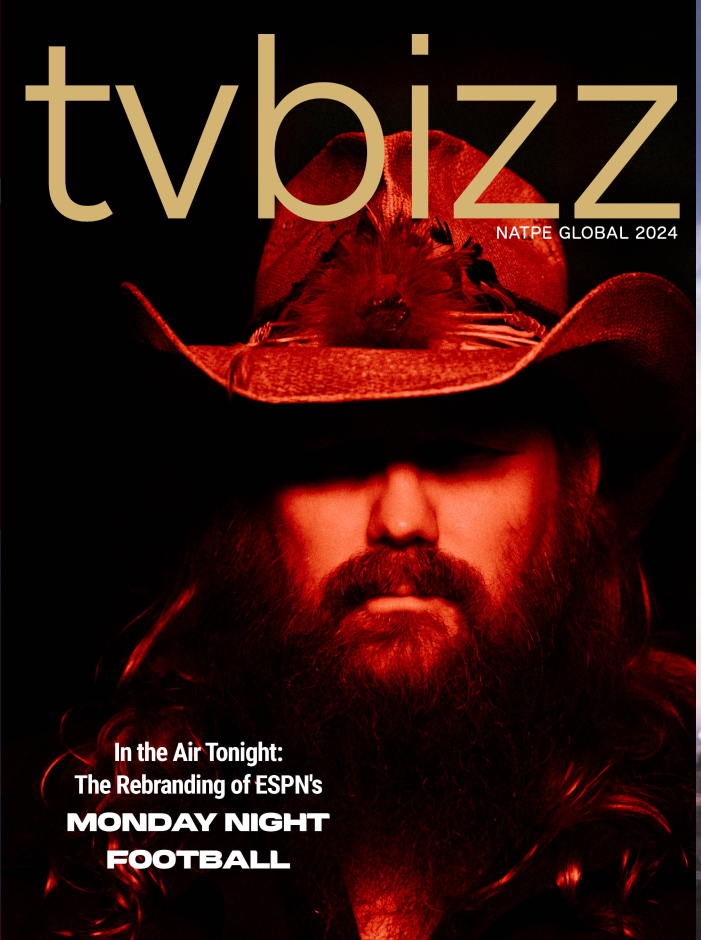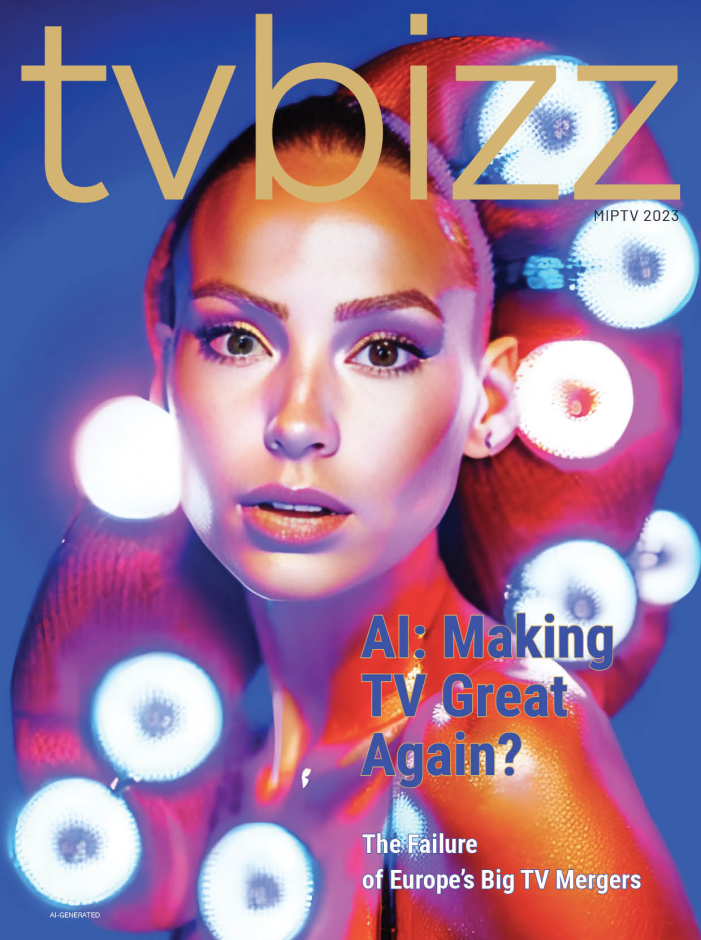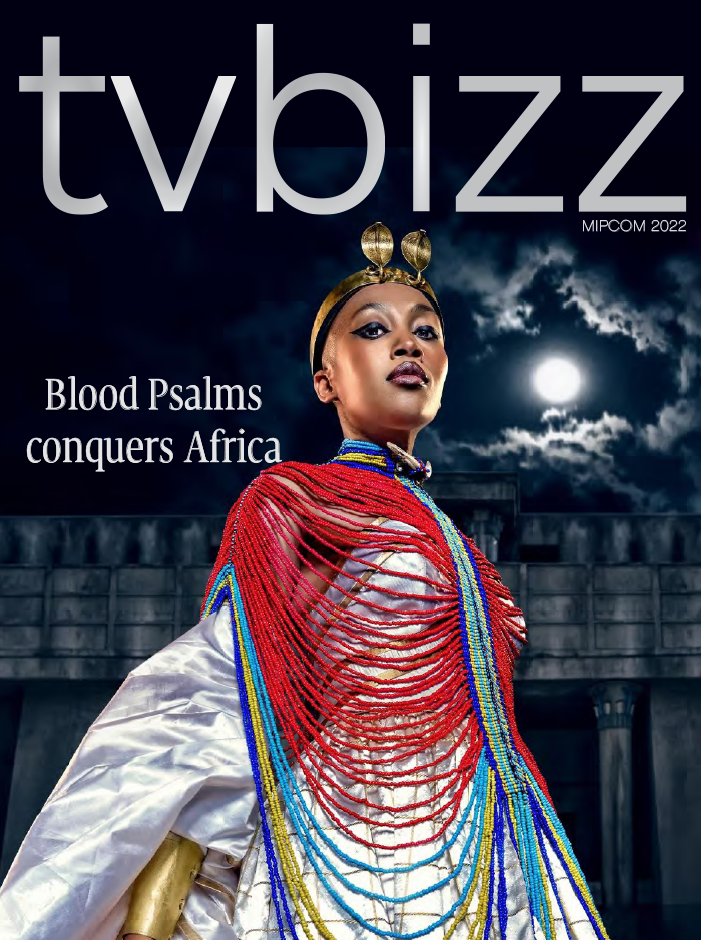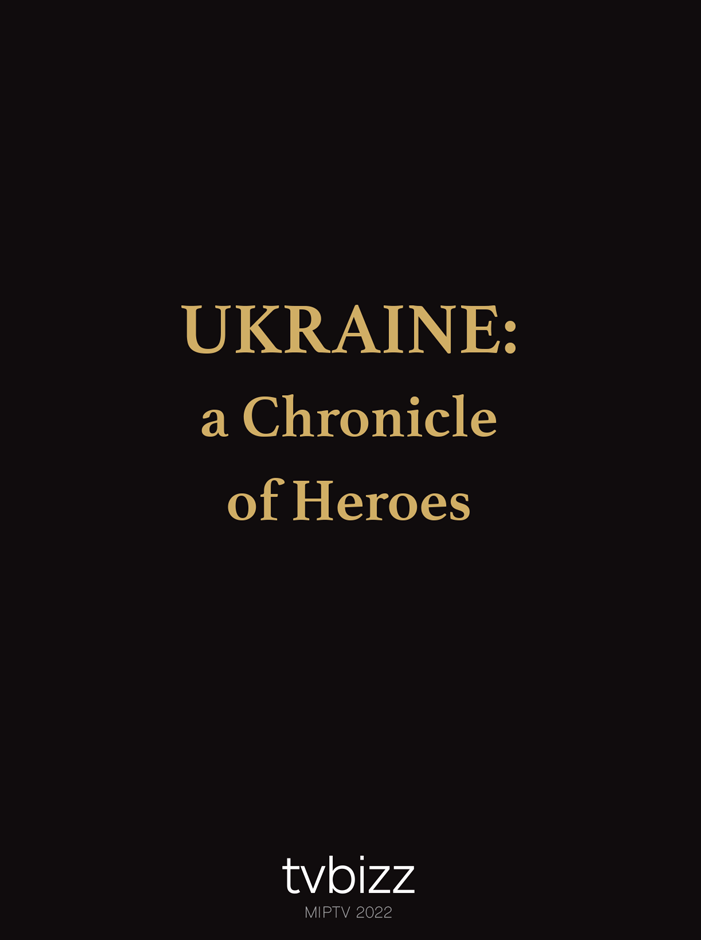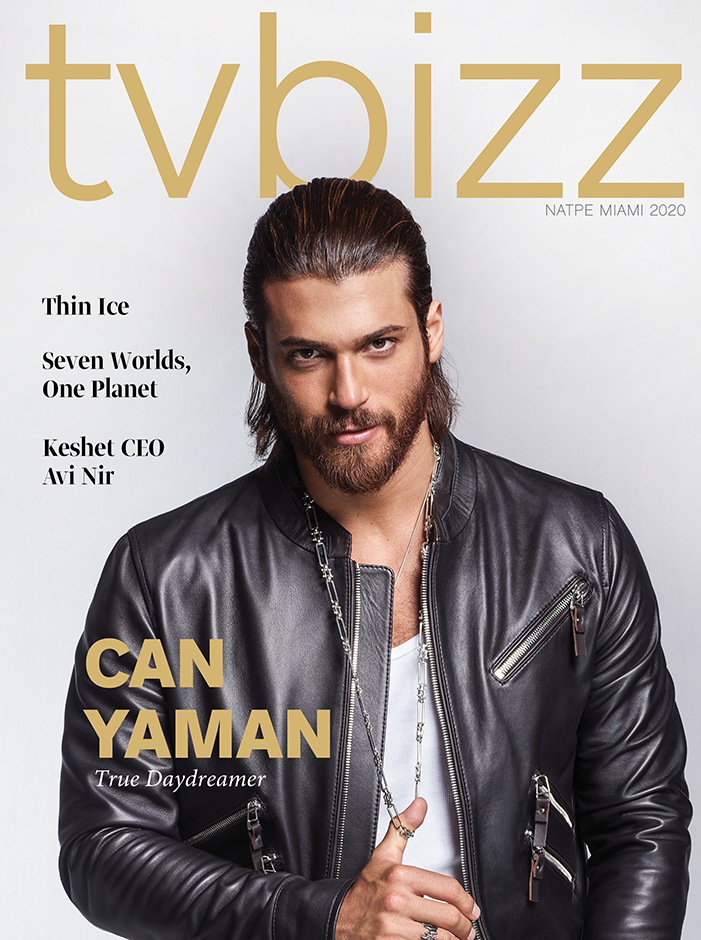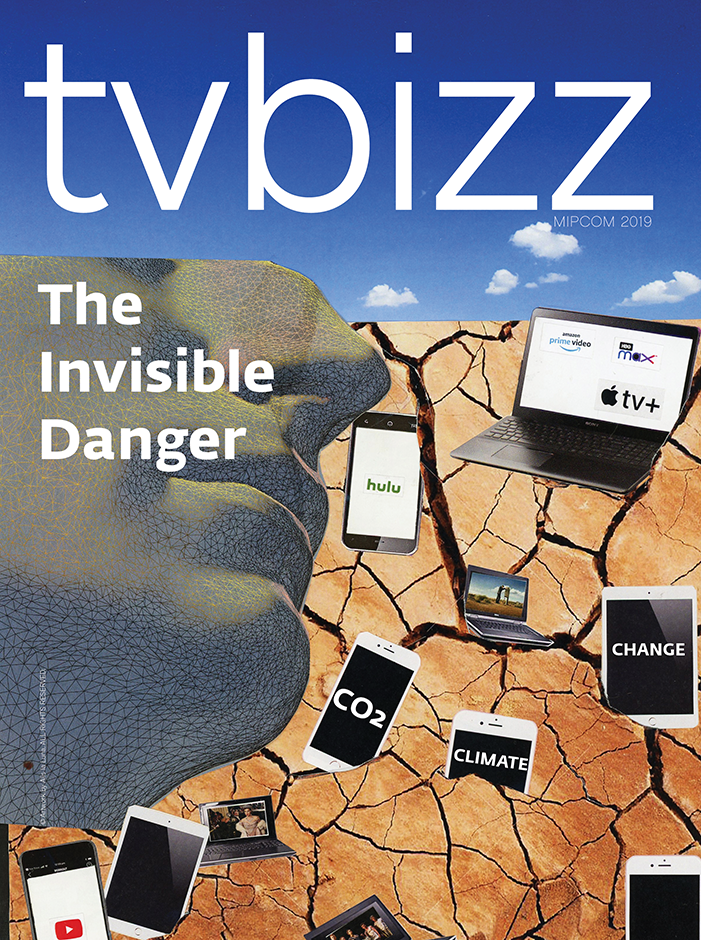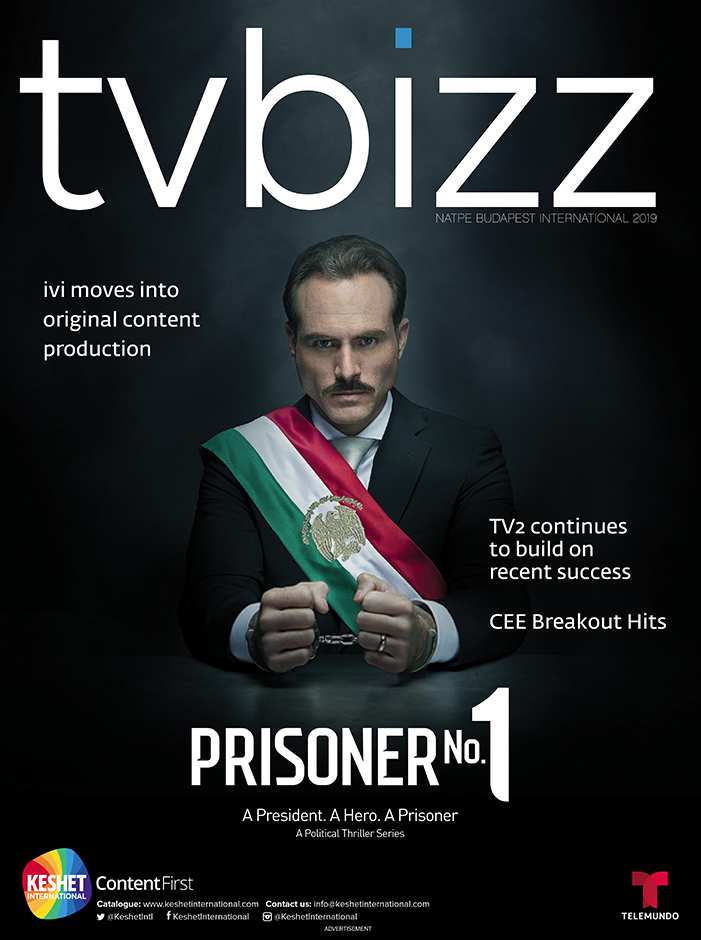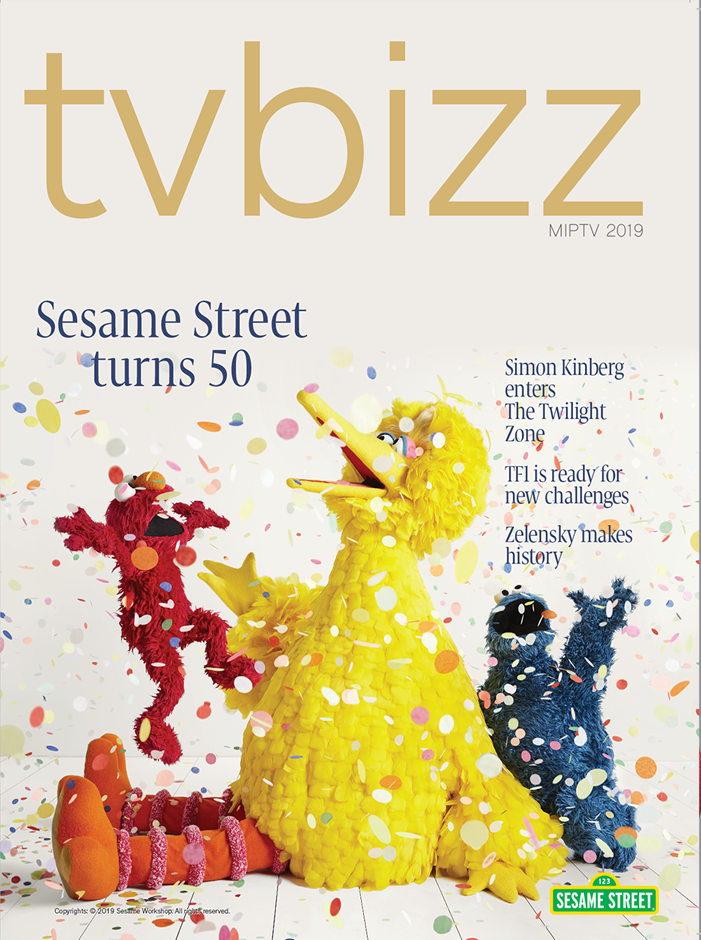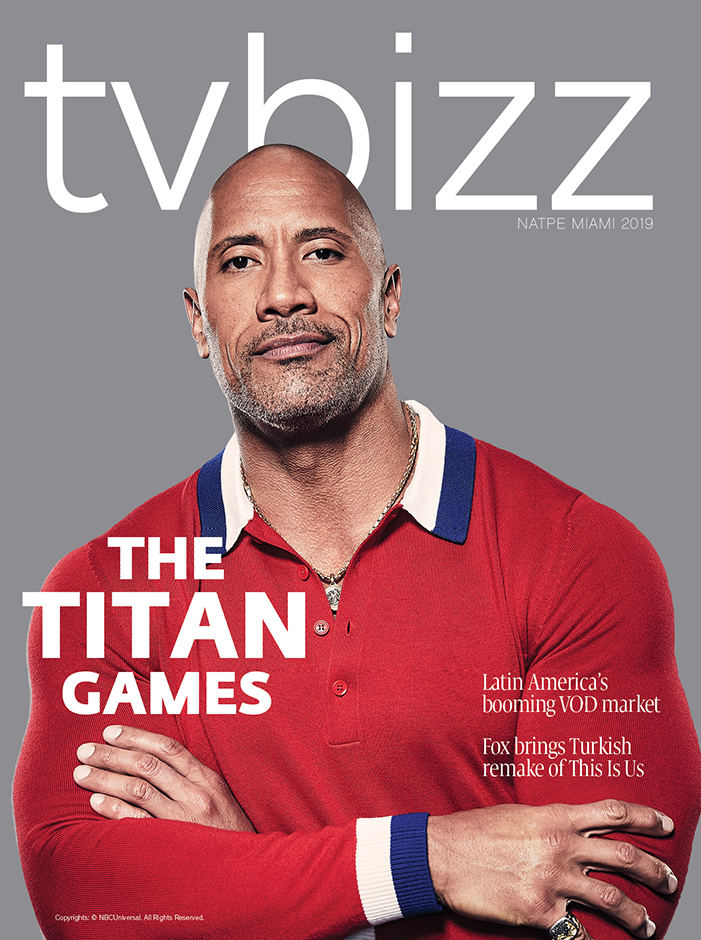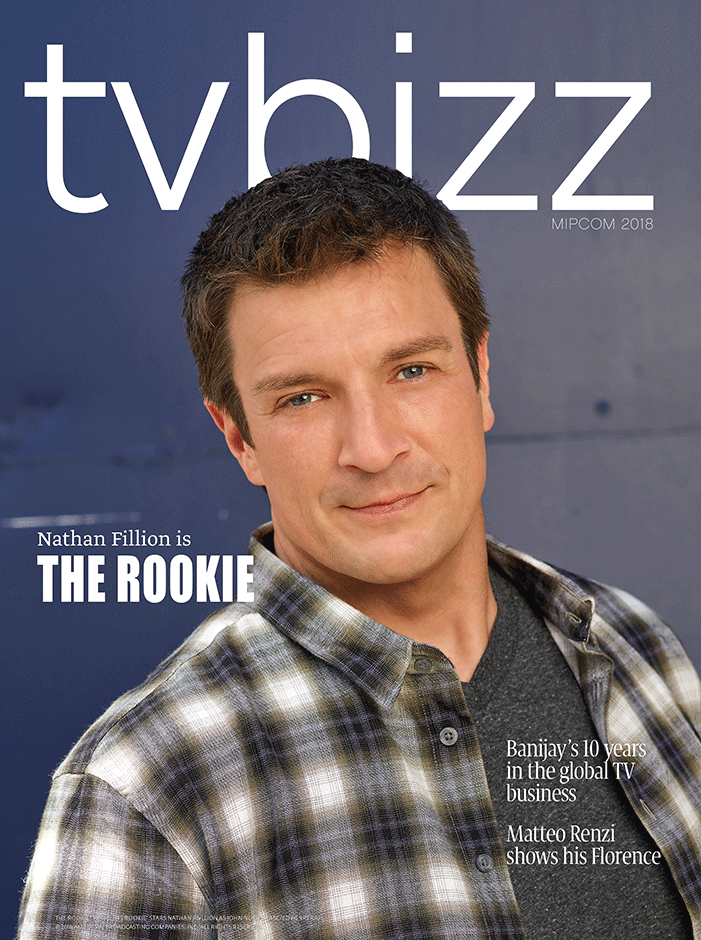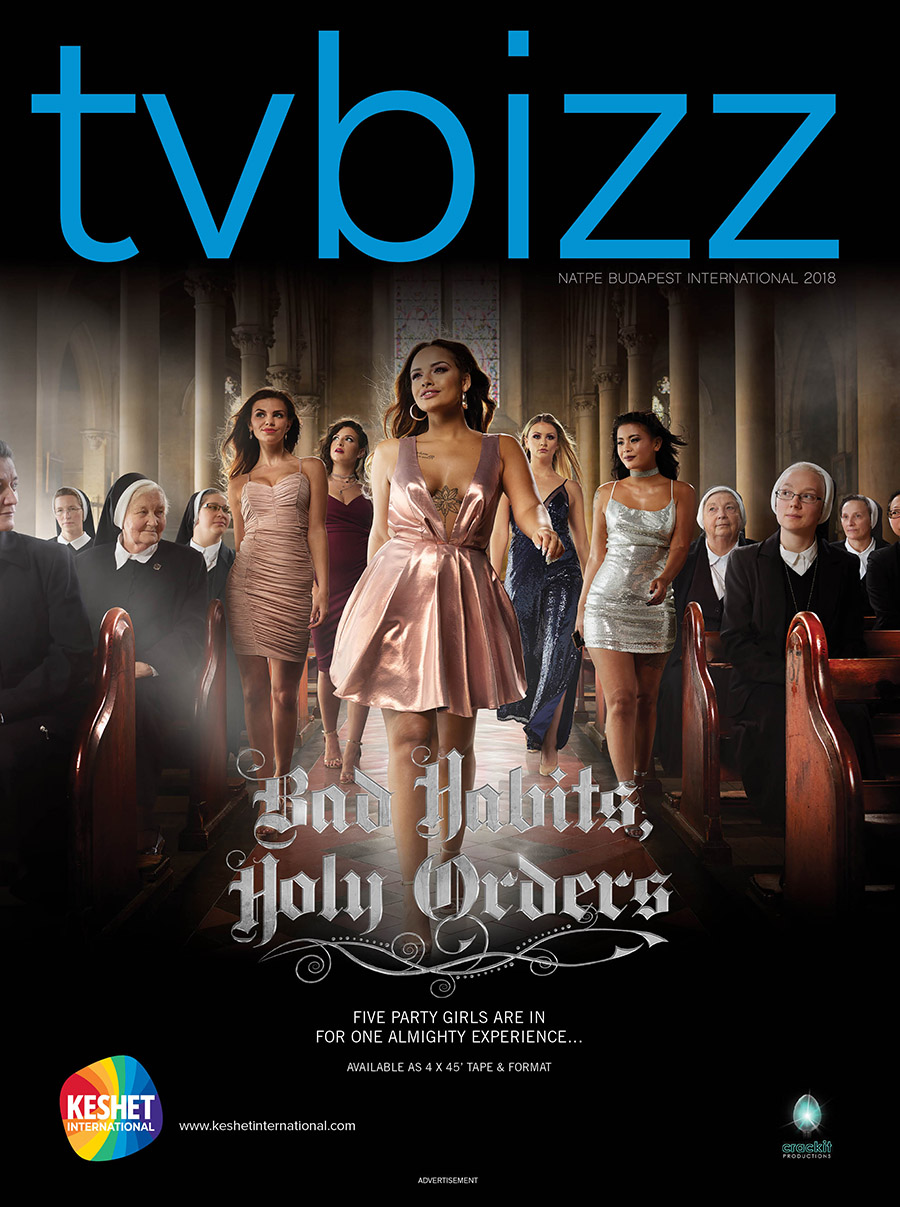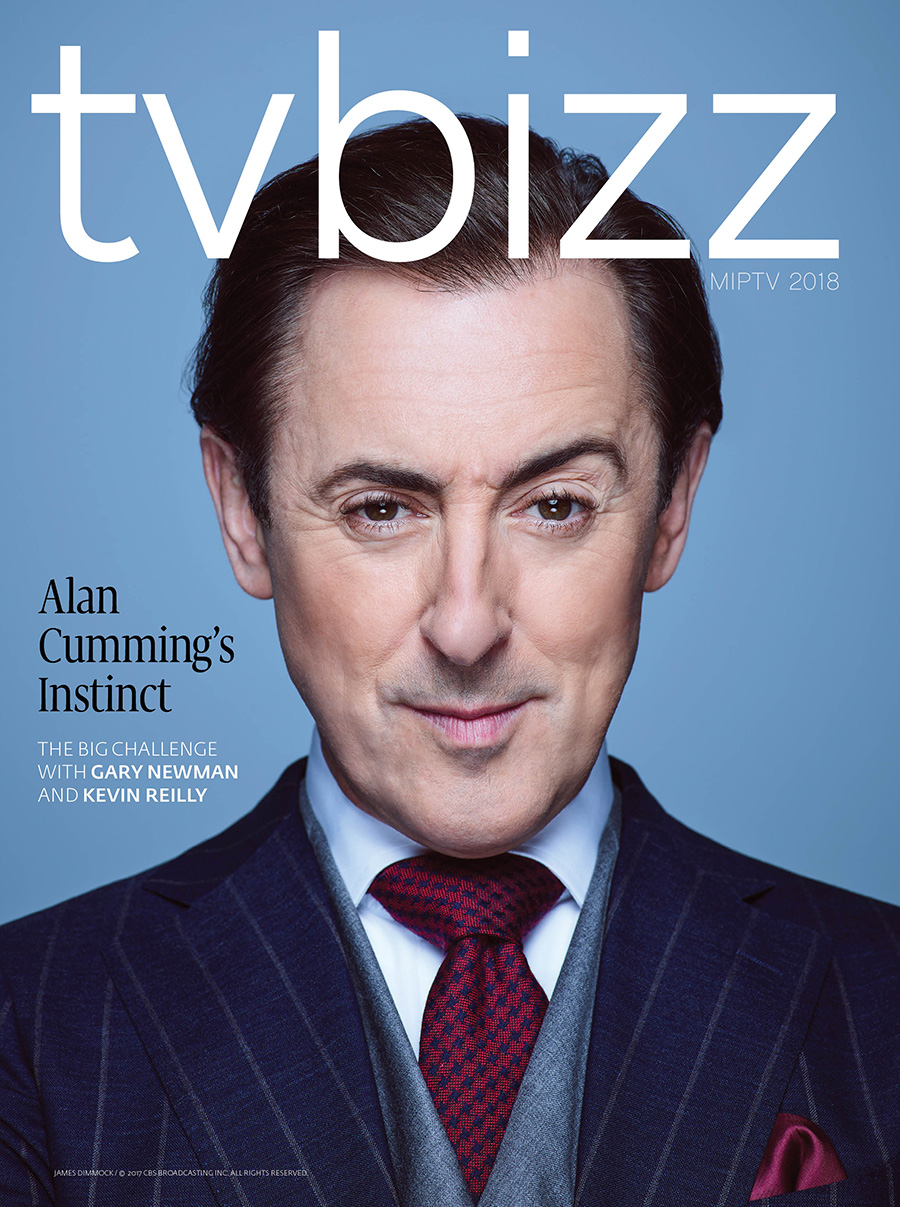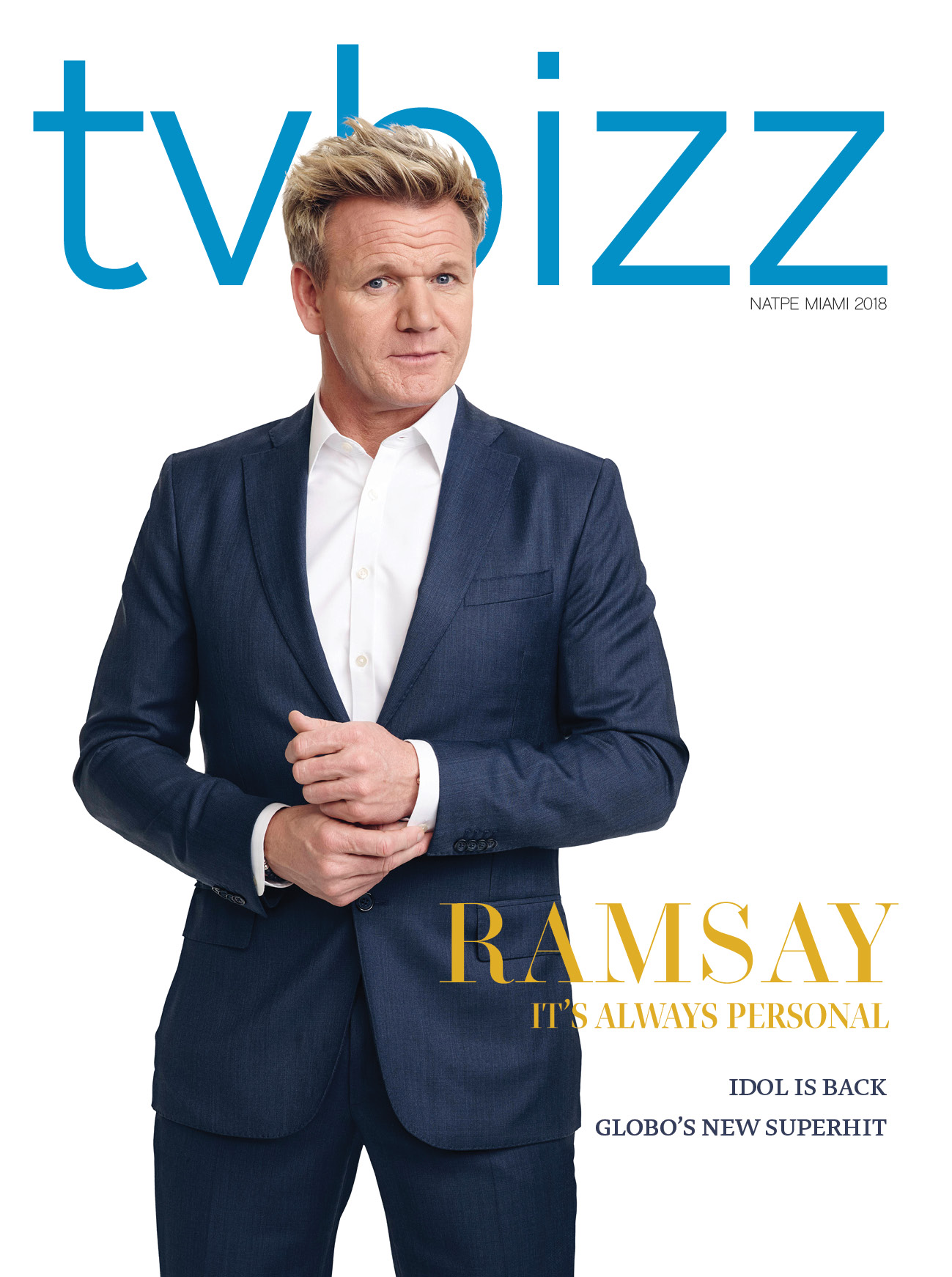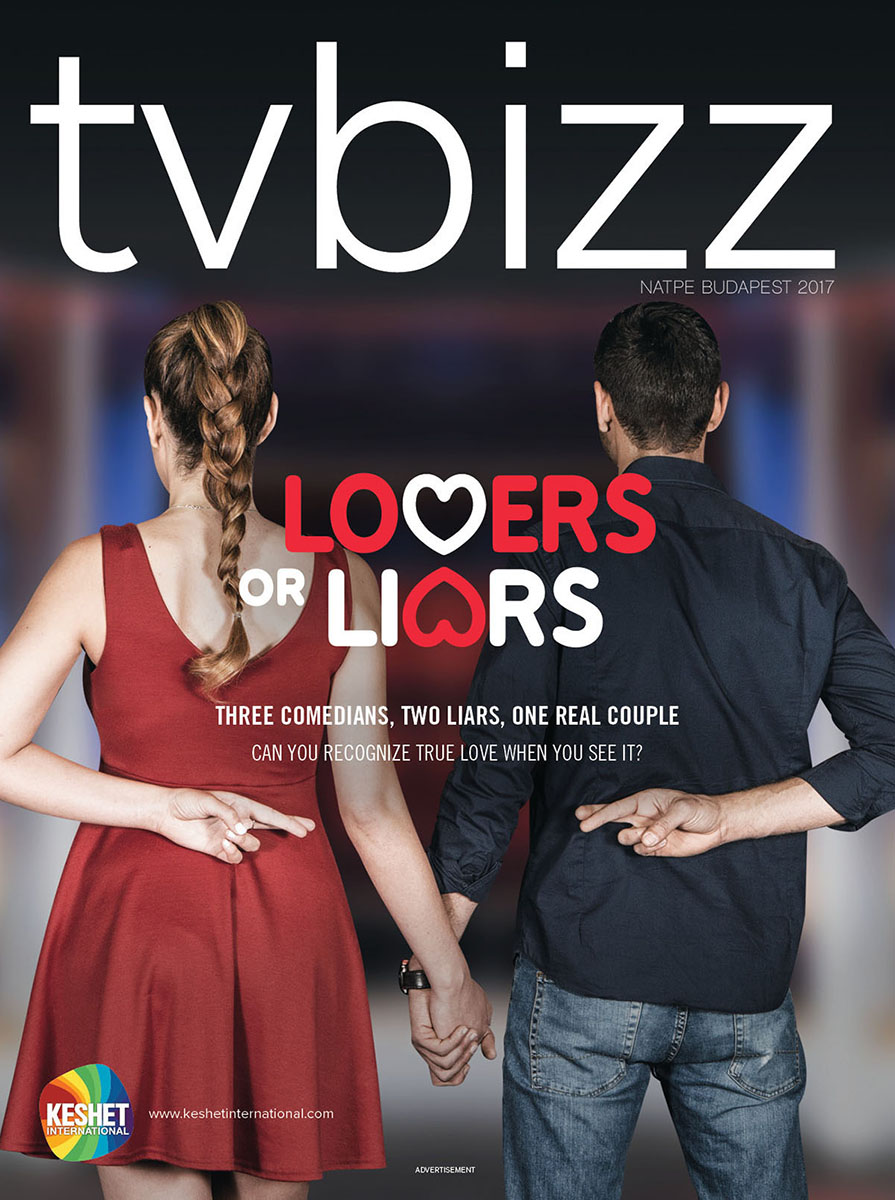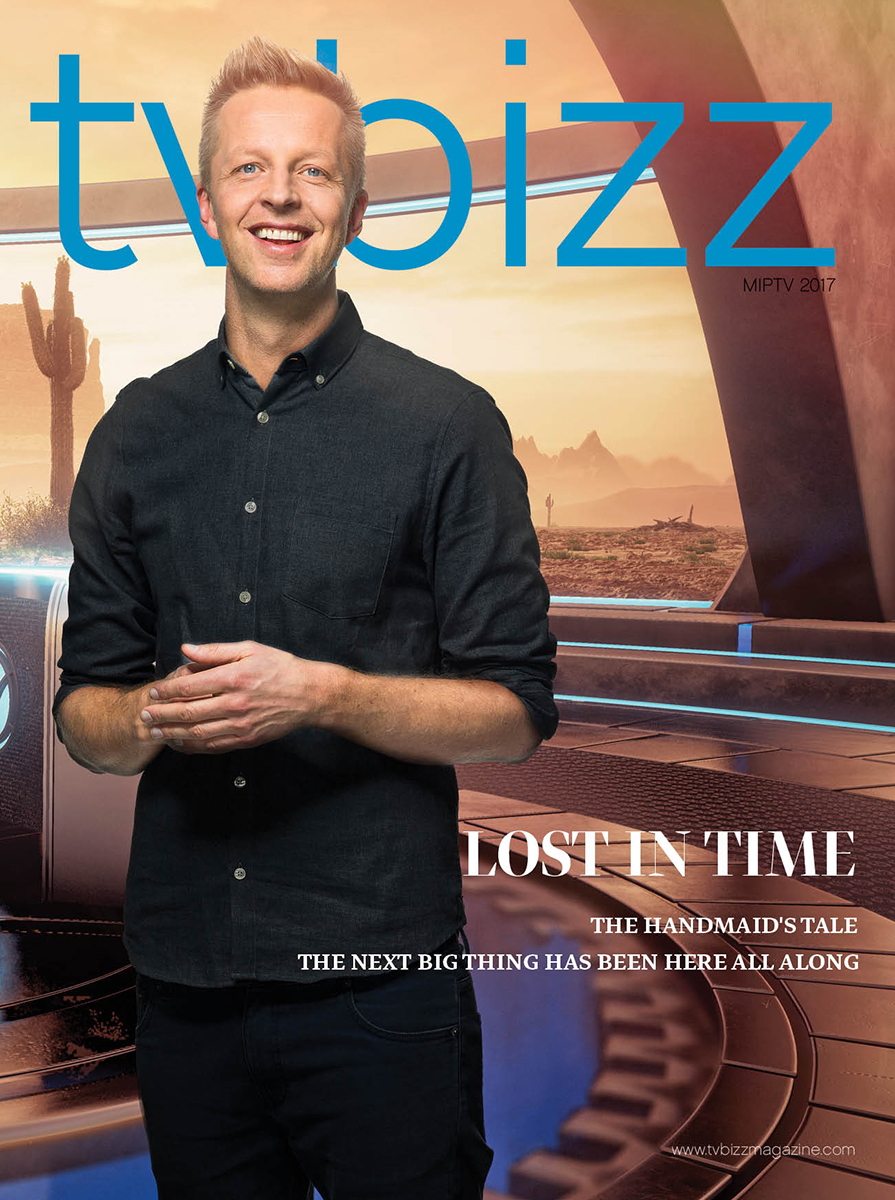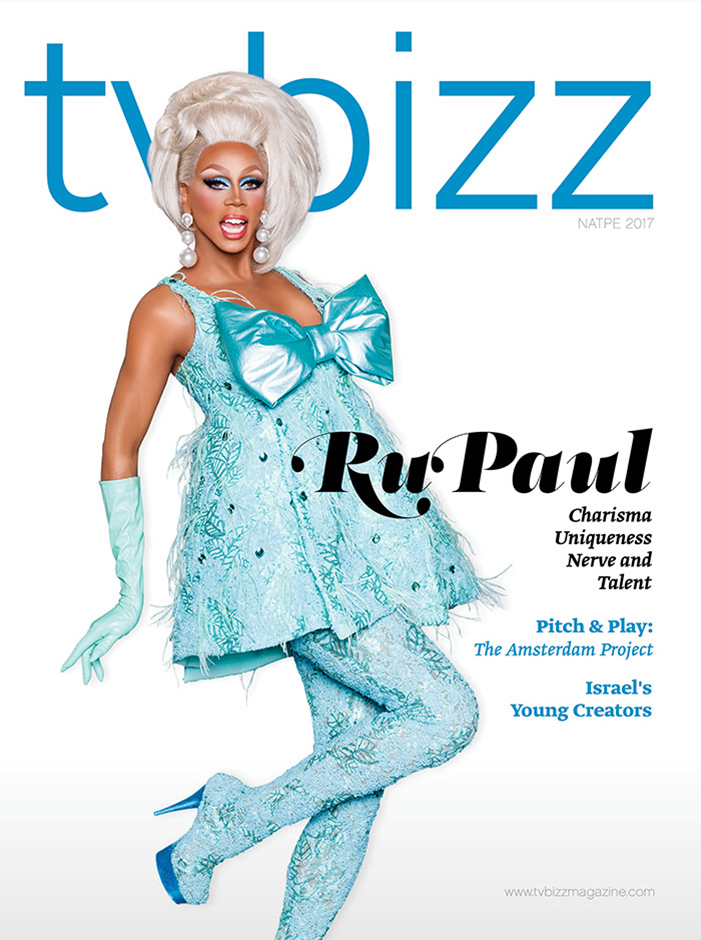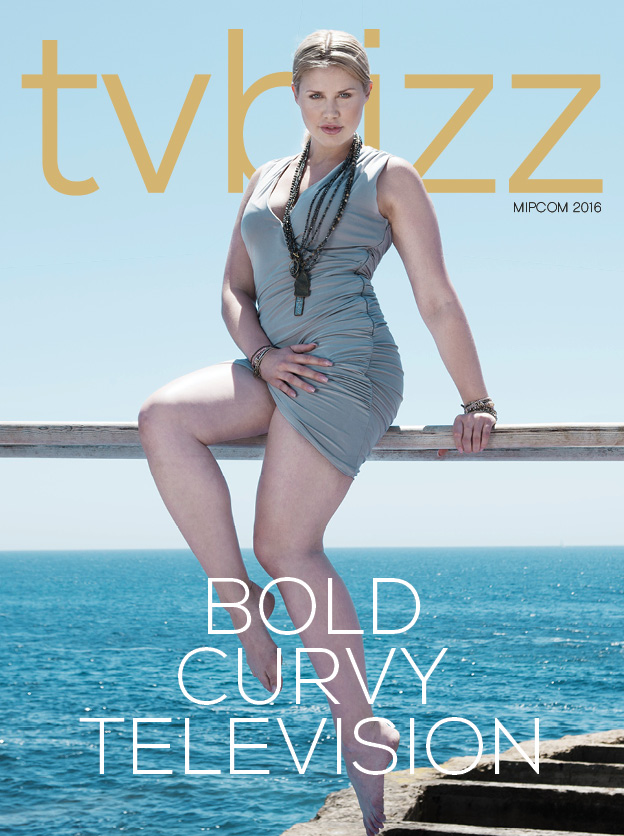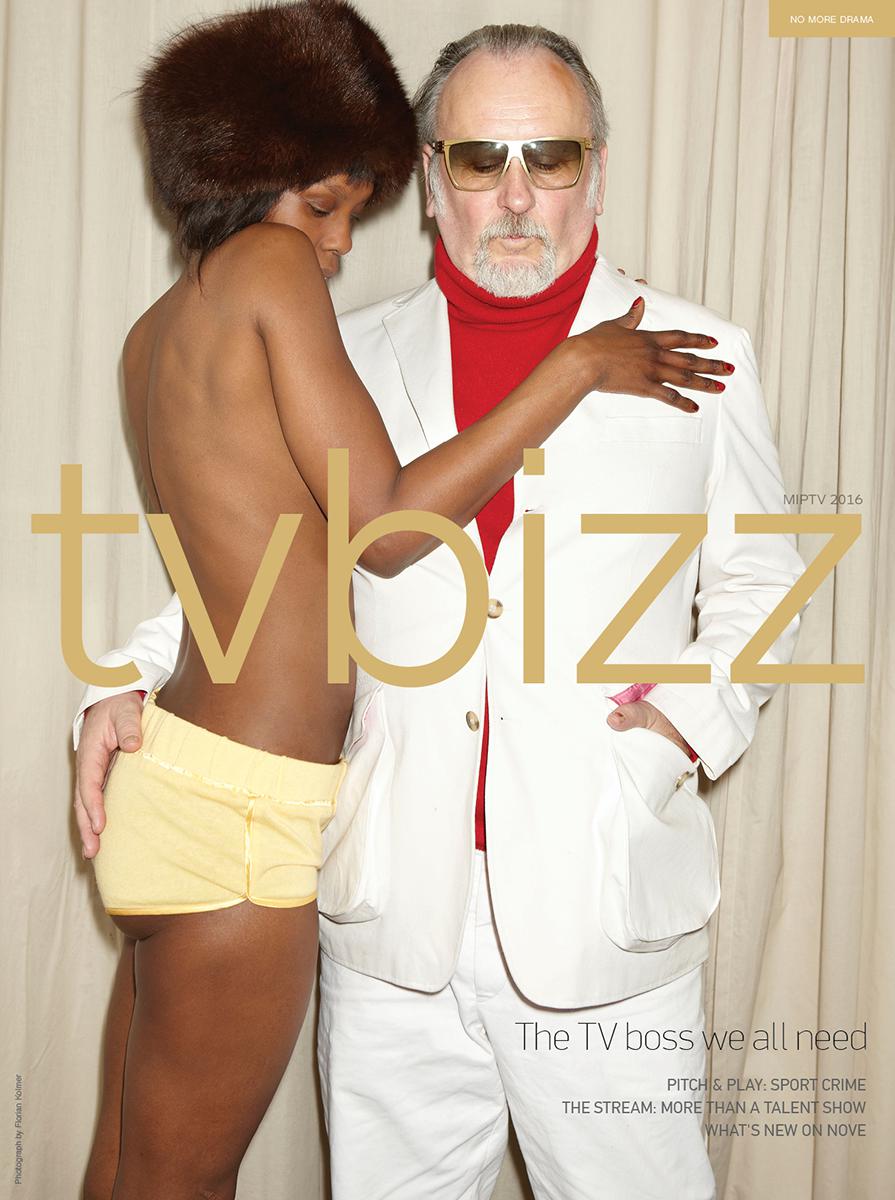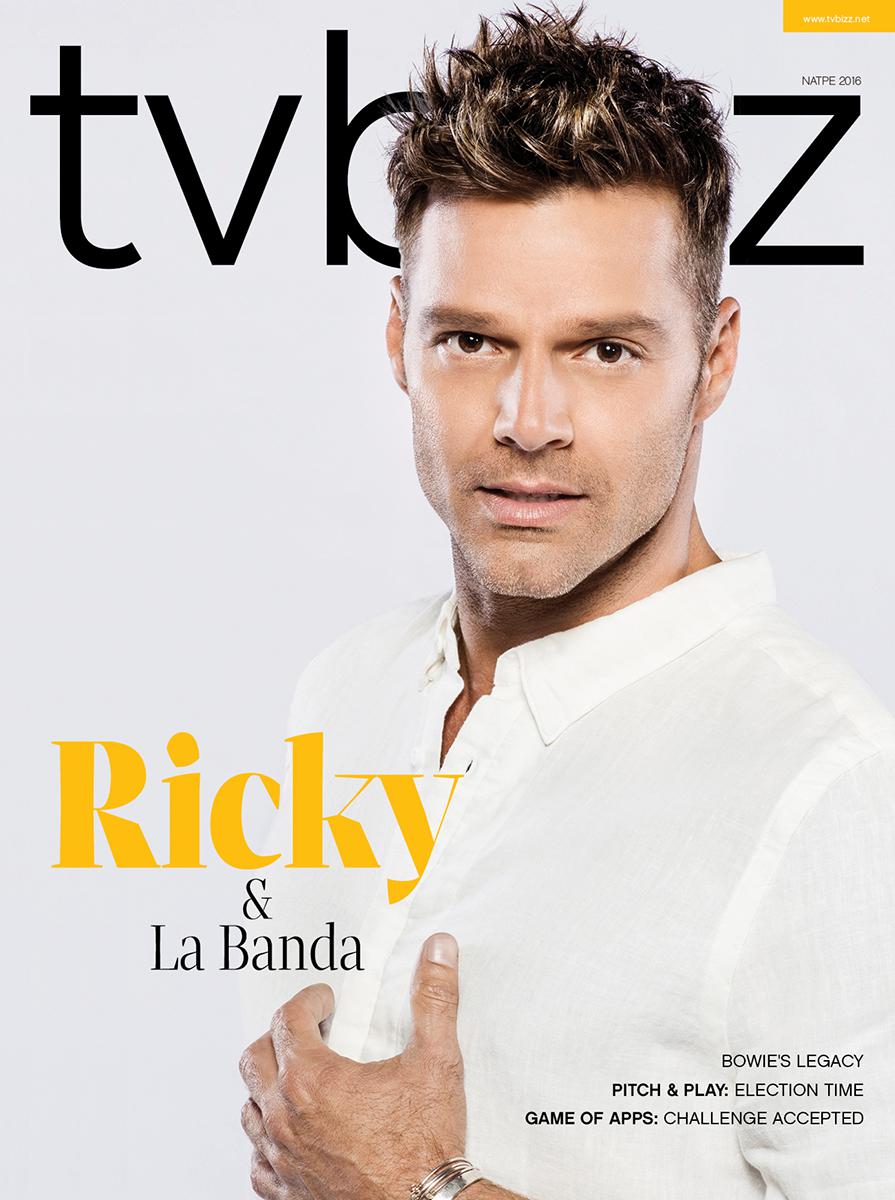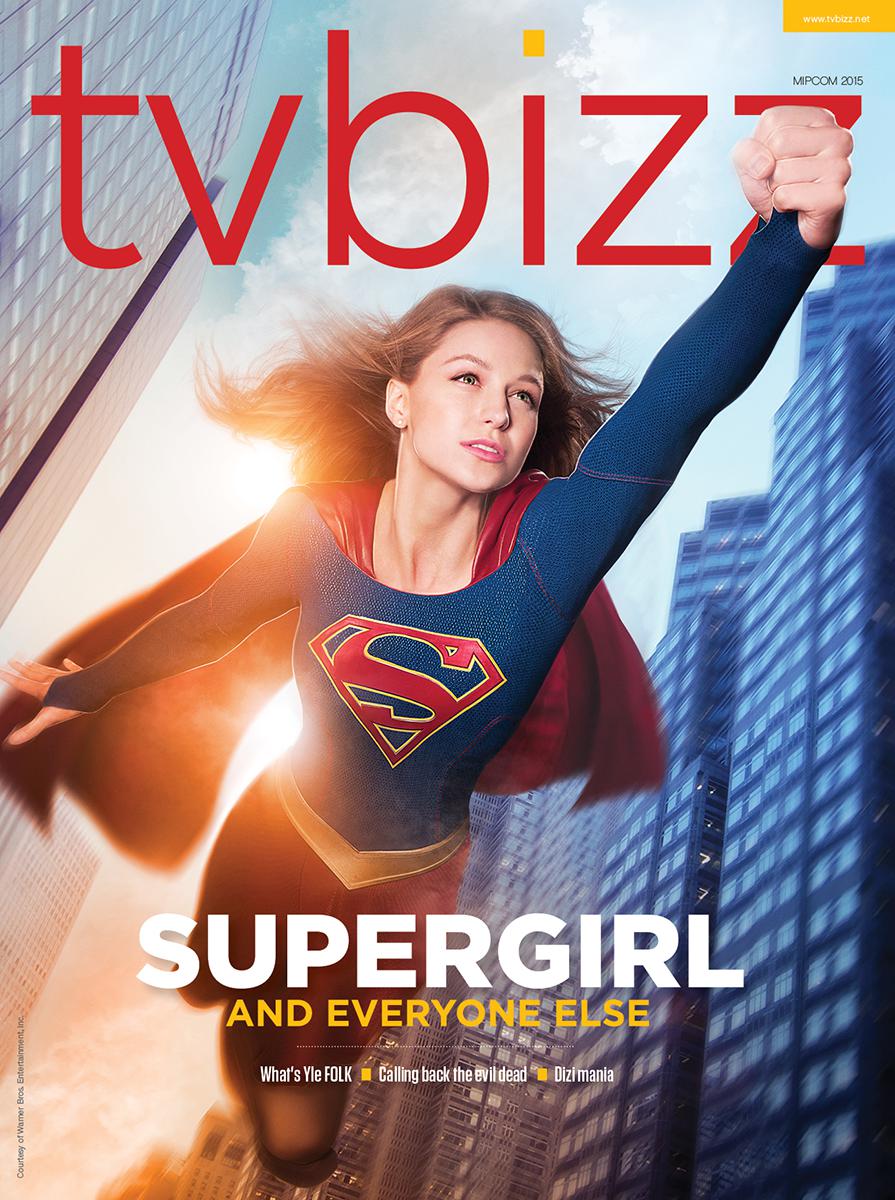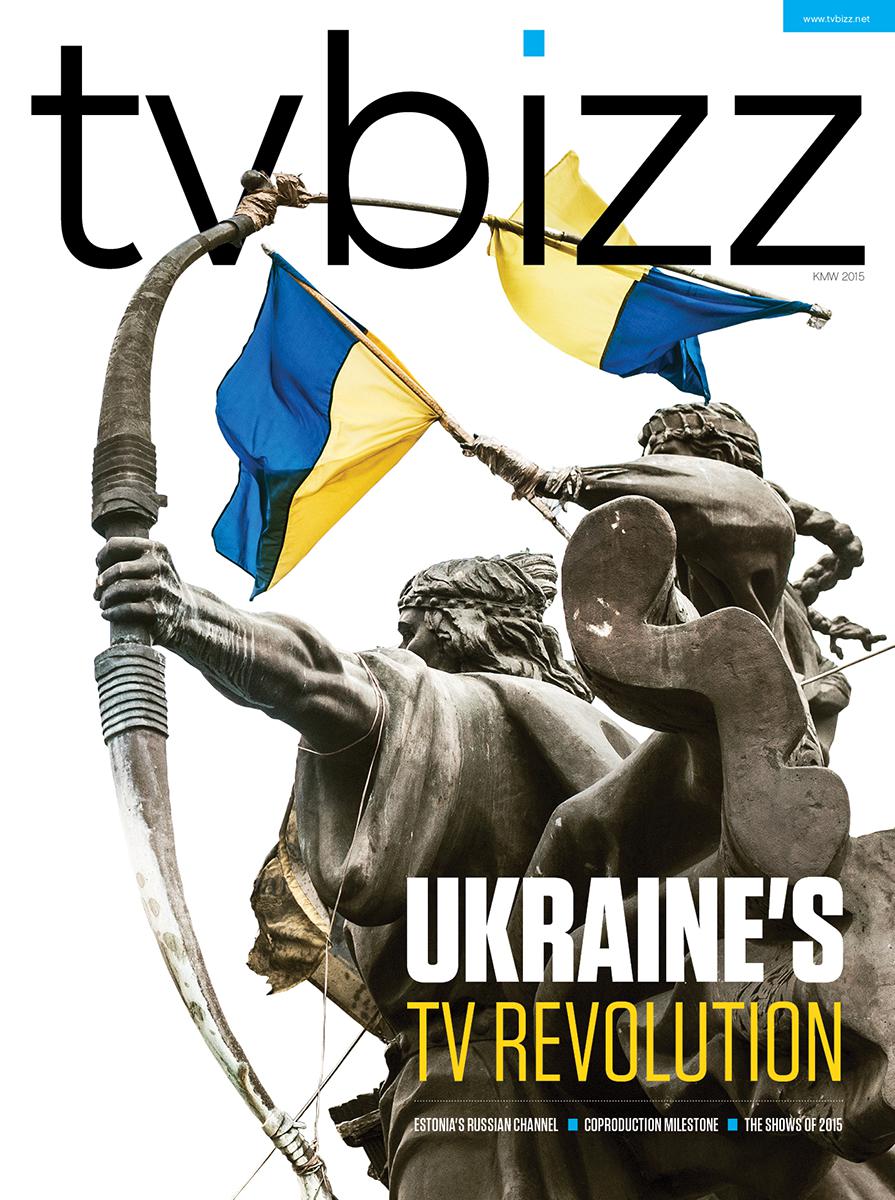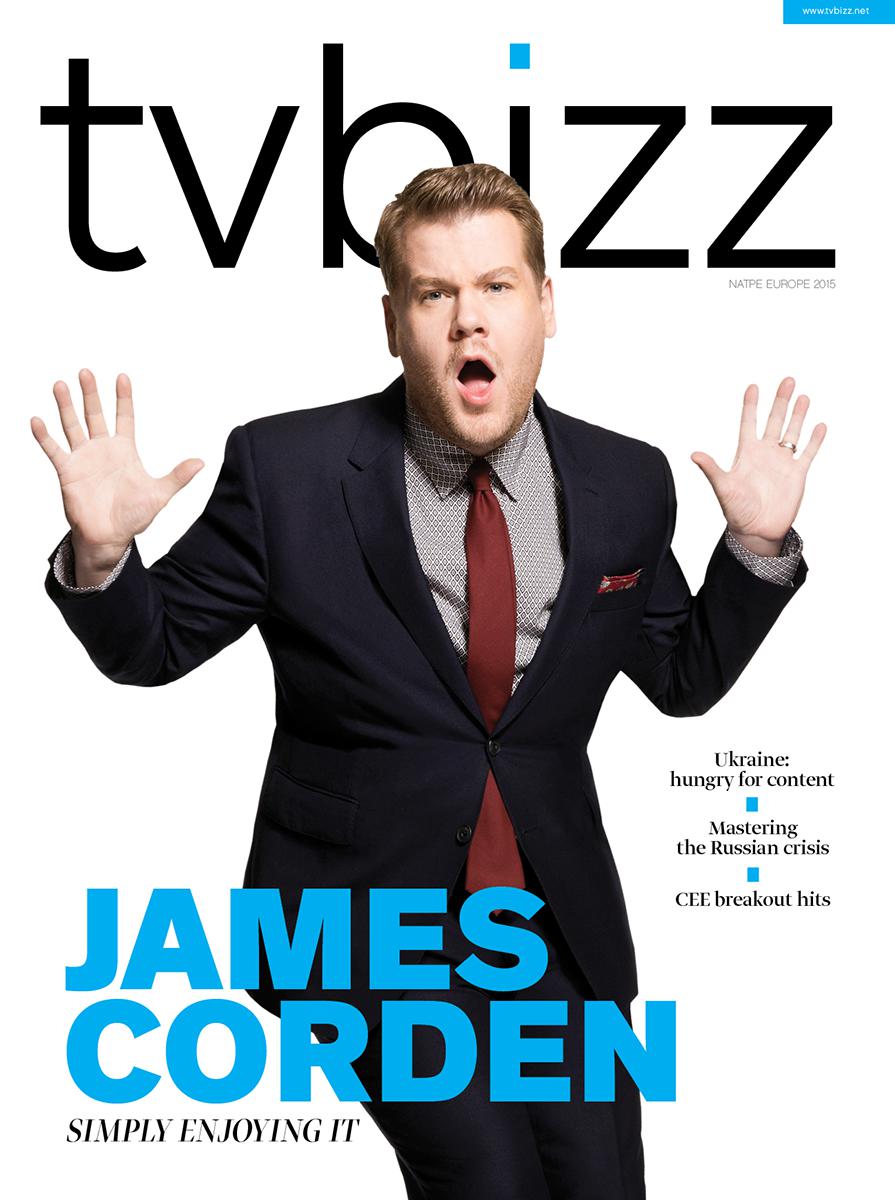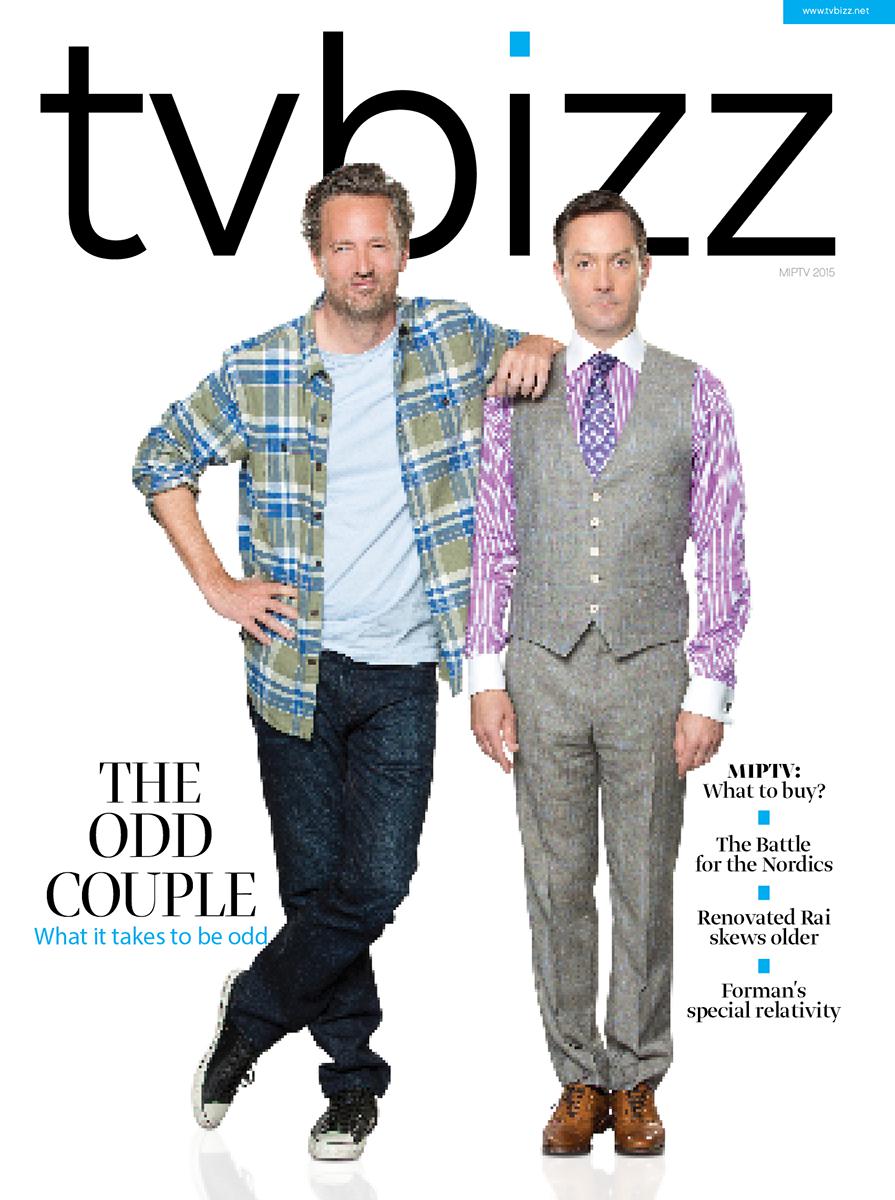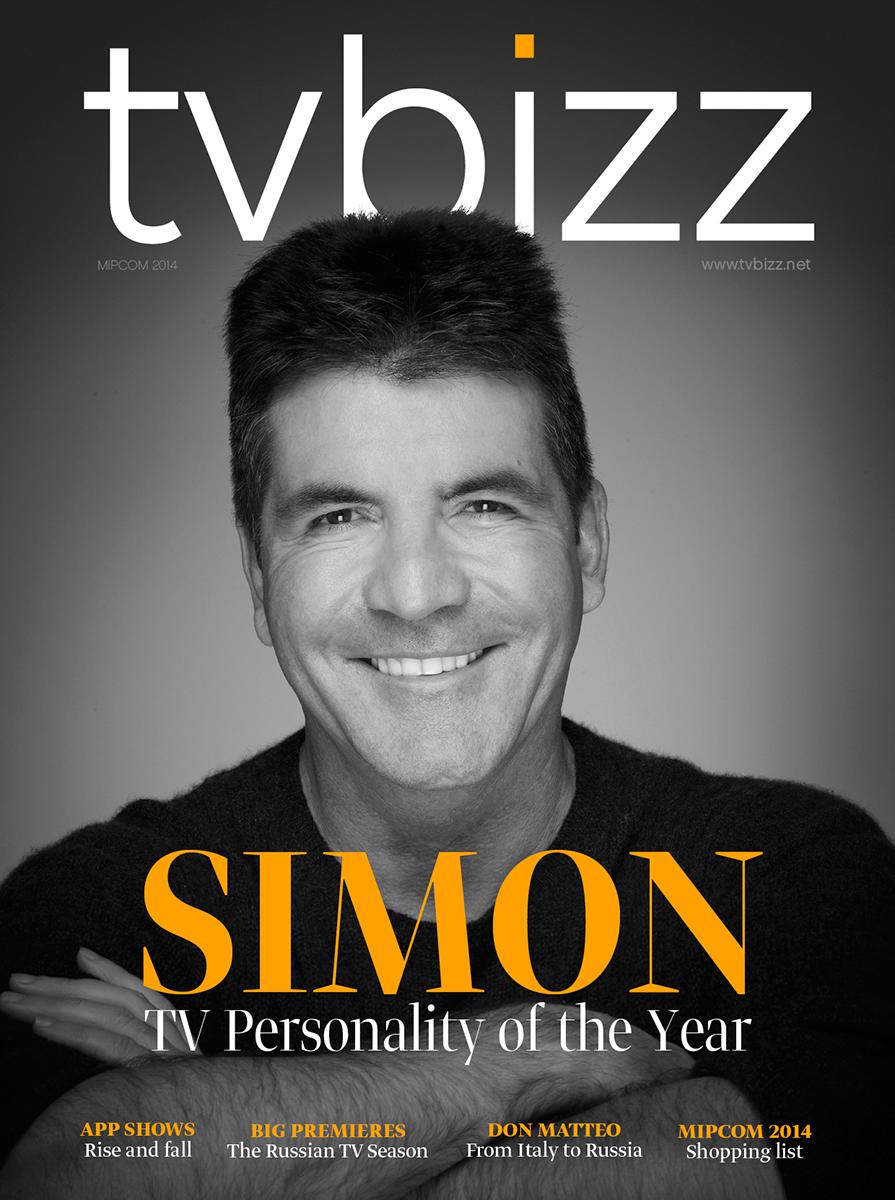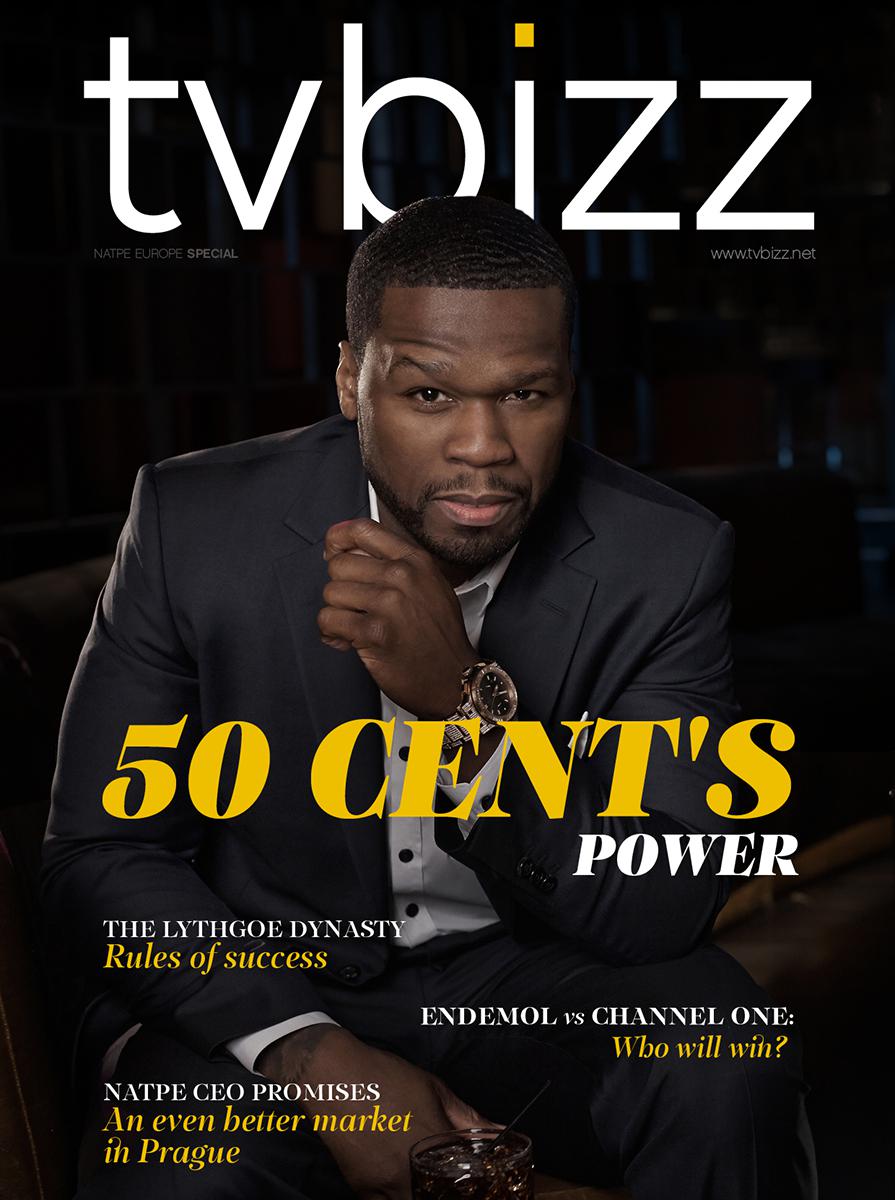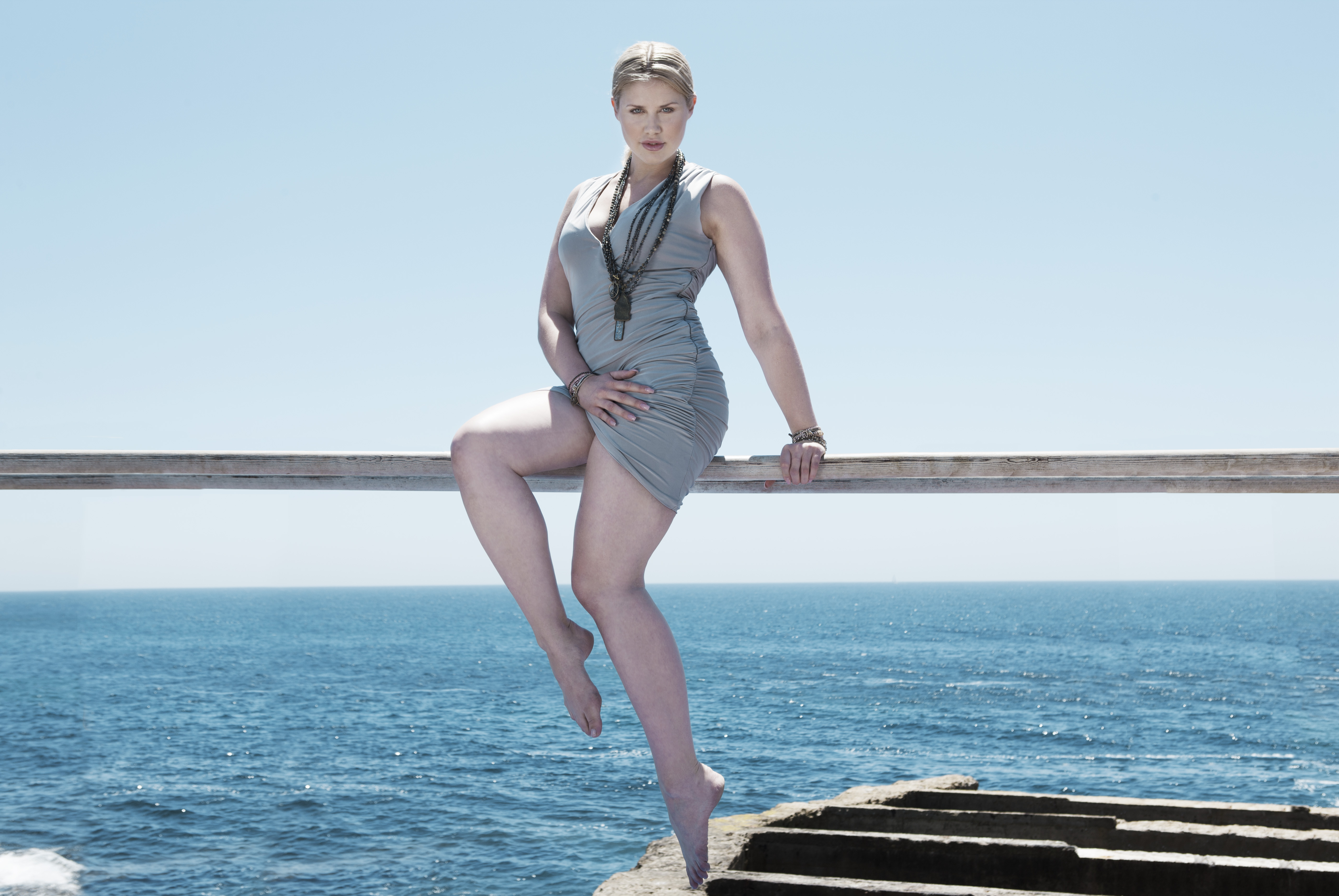
Paul Gilbert, SVP of International Formats at CBS Studios International, says they welcomed the idea “with open arms” and quickly explains the success of the “curvy” cycle:
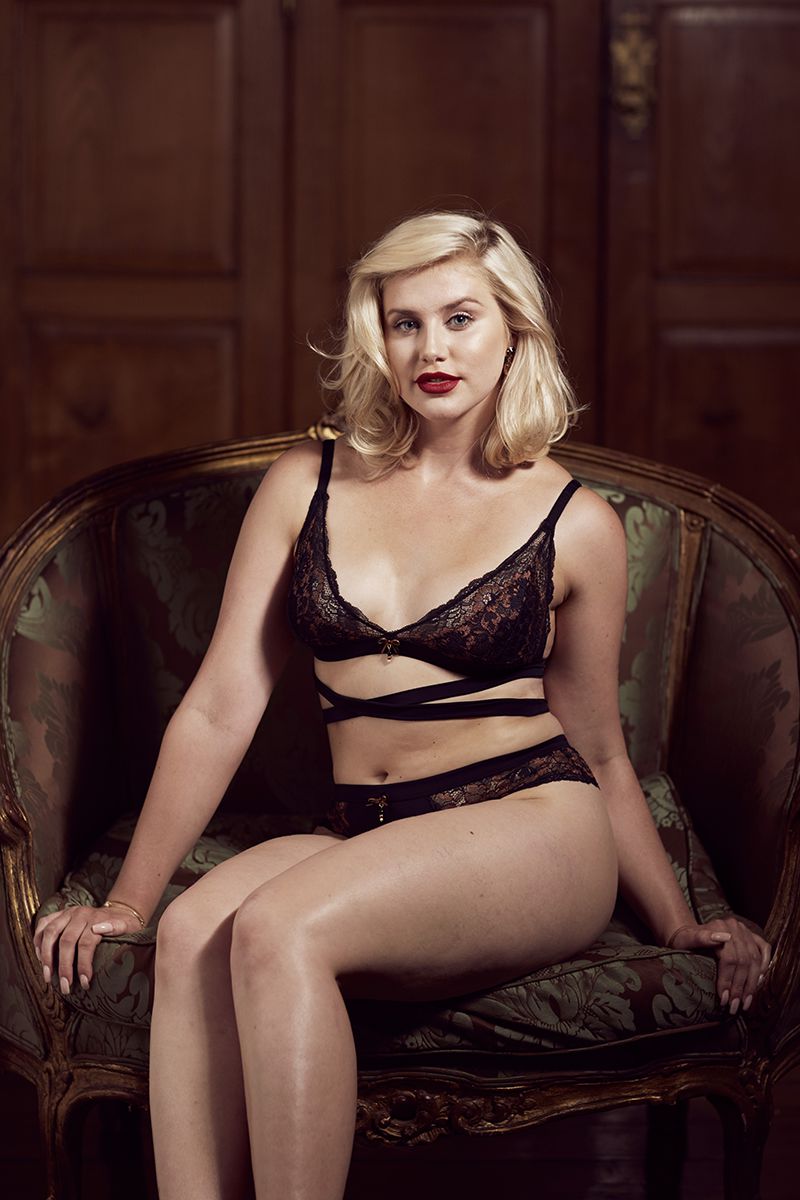
“The super successful and gorgeous Ashley Graham (Sports Illustrated’s first plus-size cover girl) is now a panelist on America’s Next Top Model for VH1. Plus-size isn’t a trend; it’s a reality. Women of all shapes and sizes are beautiful and the fashion industry is taking serious note of this. Kudos to Scandinavia’s Next Top Model for recognizing this fact.
Next Top Model is such a strong brand because of its continued commitment to sticking its “wish fulfillment” format. This is not a show about modeling; it’s a Cinderella story and a real life fairy tale. I’m borrowing a line here from our executive producer Ken Mok but it is so true: “Process is boring; people are interesting.” Viewers connect to “the ugly duckling,” “the disenfranchised,” “the outsider” – and they cheer for the transformation, “ Gilbert concludes.
When it comes to cheering, Jonas Hallberg, one of the judges of Top Model Curvy and an internationally renowned stylist, is among those who really make noise on and off the screen. As he puts it:
“I believe the industry is screaming for hot, fab, sexy curvy models. For me curvy girls are the new size zero.
But curves are not about eating burgers and fries. It’s girls with a bigger body frame and they must take care of it carefully like any model. But curvy models are rocking the fashion industry right now, which I love!”
He is naturally disappointed that the curvy girls have been ignored for such a long time by the fashion industry:
“Shame on our industry! The problem many times are all the designers making the samples in size zero. But with many curvy superstars like Adele, J-Lo, Eva Longoria, Kim Kardashian, etc.... they need to start thinking different.”
Asked why curvy models are a hot product for commercial television, Jonas exclaims:
“Because it’s sooooooooo many curvy girls out there, and the market is huge! It’s a lot of money out there!”
Lovisa Reuter, a Top Model Curvy contestant, notes that there is another important side to the show:
“The difference of being a model compared to other jobs to start with is that you work and sell your body and yourself. And second, if you are a curvy model it can be even harder. It’s still new for many people to accept and many fashion lines don’t use “curvy models”. I would love it if we stop calling it “curvy model” and just say “model” in the future and I think it’s coming that way if it continues like this.”
The show also serves as motivation for people who struggle with their looks or other problems, according to her:
“I have many young girls who write to me and tell me I am an inspiration for them and they think I am beautiful. I am really here for them and I’m so happy if I can inspire them in any way! I also have some young girls with diabetes reaching out to me and tell me it’s such an inspiration to them with someone who does what I am doing when I have diabetes. I have never let my diabetes stop me from doing something I wanted but I know that’s not always the case for many young boys and girls with diabetes out there.”
Fellow contestant Ronja Manfredsson agrees: “I want to be a role model for others and show people that it’s okay to not be super skinny. Curves is the new thing and I want to be a part of the revolution. I think people have a perception of “curvy models” because they consider that curvy models can’t do a good job unlike the skinny models. And maybe people think you are unhealthy just because you are curvy. And this show proves to people the opposite.”
The other major difference compared to other Top Model cycles is in the lack of catfights which Ronja cannot really explain, “I think it is because of the respect to the difference in each other,” she says. Maria Esbo, who has always been dreaming of becoming a model, gives her own take:
“I would say that I could probably answer any question related to the previous seasons of Top Model - I have been sort of an addict and watched every season from start to finish. The biggest difference from the previous seasons is that “You really are more than that size on the tag of your shirt”. This season is really the definition of “Your size does not define you” and we all come in different shapes and colors and therefore, there is also a need for models in those different shapes and forms.
I hope that this season of Top Model will change how girls look at themselves and others and most importantly, to realize that living healthy does not mean that you have to drop weight to fit into the “right size” or a specific category. There is no right size because we are all different sizes.”
To Lovisa being a woman and loving your body is the main essence to finding the balance:
“What I love about being a woman and what I mean with that is that I feel very comfortable in my own body. I love high heels, dresses, etc. I treat it as my temple and when you find the balance between body and brain you can be a very powerful woman. The balance is about finding what makes you unique, take that and feel it so you can radiate it to empower other people.”
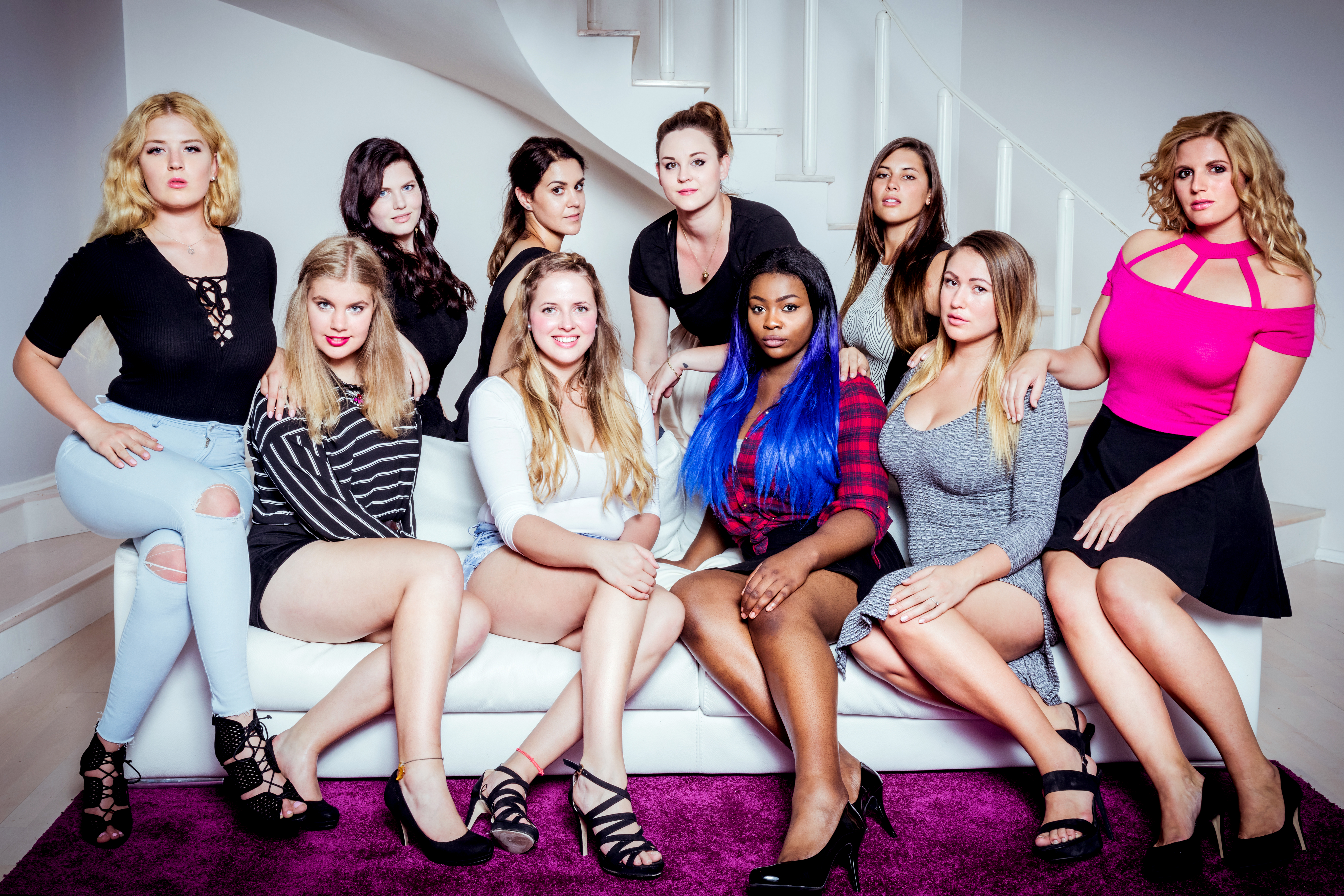
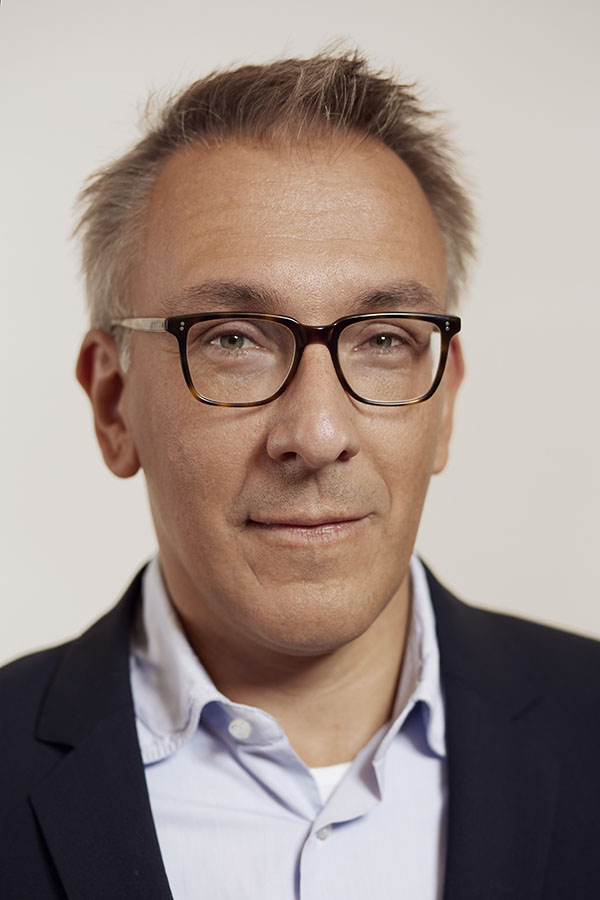
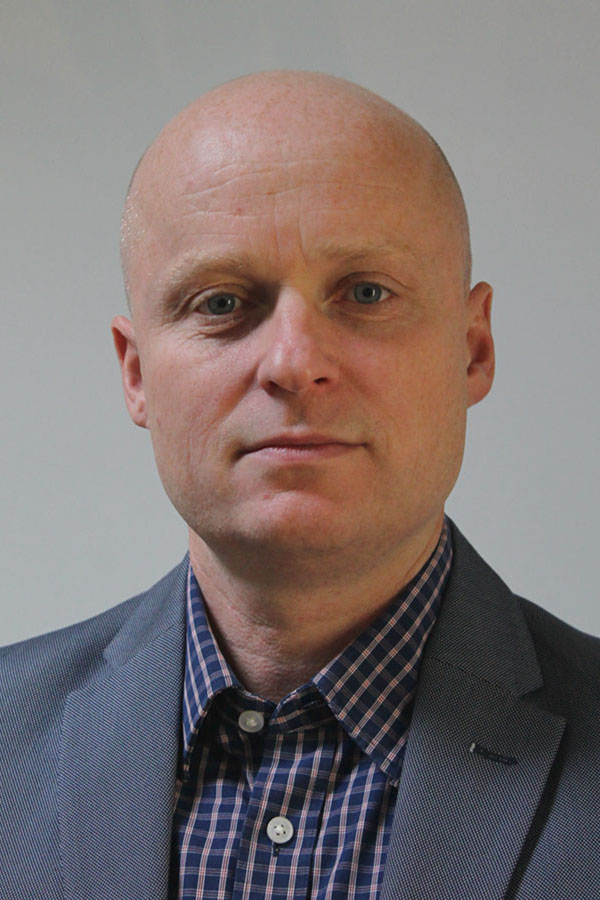
Curvy Supermodel is the world’s first model casting show for curvy women. Four renowned industry judges are looking for the country’s most beautiful curvy women that all share the same dream: to become a supermodel. They coach and judge the aspiring 10 models during photo shoots, real castings and on the catwalk. The winner will jumpstart her career with an exclusive contract at a prestigious model agency and a campaign at a successful fashion label.
The format premiered on October 5 in the primetime of RTL2 in Germany to strong results: with 8.0% share in the commercial demo, 16.5% in the 14-29 demo and 19.7% in the 14-29 women demo.
Iliyan Stoychev talks with the creators and producers from Tresor TV – Managing Director Axel Kuehn and Head of Development Peter Schweizer.
Mr. Kuehn, Mr. Schweizer, how was the format Curvy Supermodel created? Was it easy to pitch the idea?
SCHWEIZER: For us, Curvy Supermodel is about relevance. Plus-size fashion and plus-size models are not just a trending topic, it is all about our modern society’s stand on what determines a woman’s beauty. We are convinced that big is beautiful, and this is what Curvy Supermodel will prove. People are more and more deterred by extremely skinny models. France even banned them from fashion shows. So, the idea was already out there, we just had to transform it into a TV format. RTL2 loved it right from the first pitch. Together with the broadcaster, we invested a lot of time into the development which took more than a year before we could start production. We wanted to get the show’s tonality right, one that’s very different from other competition shows.
Tresor has worked on Germany’s Next Top Model. How is Curvy Supermodel different from that? What does it bring that viewers have not seen yet?
KUEHN: First of all, we were overwhelmed by the feedback we have received before we even started producing the show. We had more women applying than in any of the seven seasons of Top Model we have produced. There is a huge buzz on social media, where many women are telling us how long they have been waiting for a show like this one. The format is not just another reality competition, it’s much more. It is about self-confidence, overcoming shyness, loving yourself as you are. We were shocked to hear that nearly all our candidates had suffered from bullying in the past. Many of them had never worn a bikini in public, they just didn’t like their body. It’s amazing to see how the candidates left the show as much more self-confident and stronger personalities. Not only did we encourage them, we want to encourage our audience at home as well.
Why is the “curvy”, plus-size topic hot for television?
SCHWEIZER: It’s a hot topic everywhere! The plus-size fashion market is growing rapidly, plus-size models are finally getting the recognition they deserve: In the US, Ashley Graham was the first plus size woman that was put on the cover of Sports Illustrated. People start to realize that curvy can absolutely be sexy, and Curvy Supermodel is the perfect TV format for them. Besides that, the growing market opens a lot of possibilities for commercial partnerships: 65% of women in the US are buying plus-size fashion, a market worth more than 20 billion dollars a year – Curvy Supermodel offers endless sponsoring opportunities.
Can you share any interesting stories from the production of the show?
SCHWEIZER: From the beginning everybody involved in the production felt that this was something new, something special. There were so many positive, emotional stories that we just can’t tell them all. True Cinderella stories, where women who always thought they were just not beautiful, finally learned to love themselves. The core message of Curvy Supermodel is: Every woman is beautiful!
What is the target group of the format?
KUEHN: It is of course highly attractive for a young female audience, but it goes far beyond that. This is the perfect show for all women. As a man I must say, all these women are really beautiful and I am sure that also men will love to watch Curvy Supermodel.
What do you expect from this show?
KUEHN: Of course, since the show got great ratings, we hope for numerous format sales. But if we would be able to change the way especially teenagers look at their body and sizes even a little bit, this would be an achievement we all would be extremely proud of. ▪




